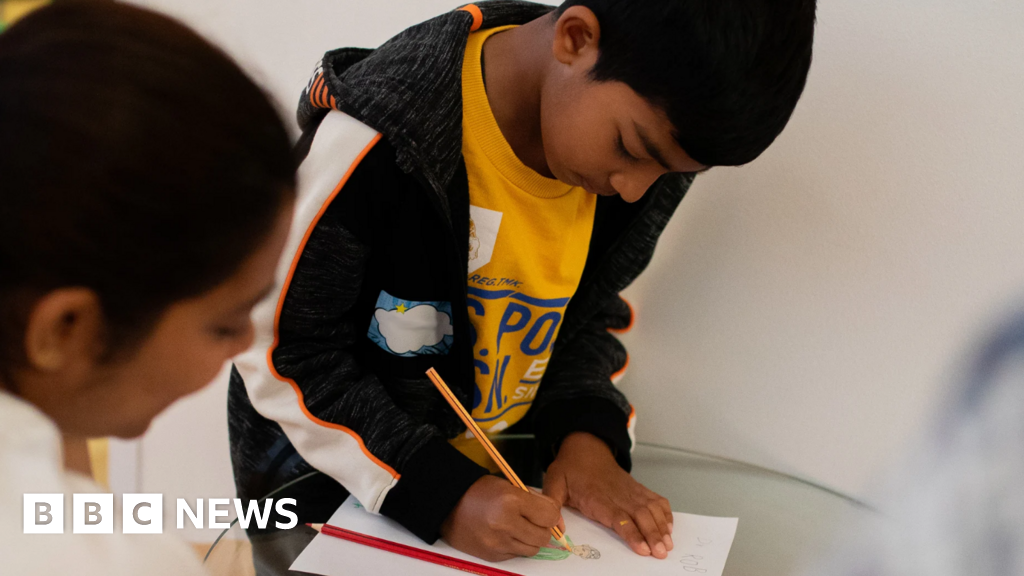Filipinos Struggle for Accessible Healthcare: Bridging the Affordability Gap

The healthcare landscape in the Philippines presents a significant challenge for millions of Filipino families. Despite existing legislation aimed at improving access, affordable and high-quality healthcare remains out of reach for a vast portion of the population. With a population of 95 million, the demand for accessible and reliable medical services far outweighs the current supply, creating a critical gap that needs immediate attention.
The Problem: A Complex Web of Factors
Several factors contribute to this ongoing struggle. High consultation fees, expensive medications, and the cost of medical procedures place a considerable financial burden on Filipino households. Many Filipinos, particularly those in rural areas, lack adequate health insurance coverage, leaving them vulnerable to catastrophic healthcare expenses. The limited number of healthcare professionals, especially specialists, further exacerbates the problem, leading to long waiting times and reduced access to specialized care.
Universal Health Coverage: A Step in the Right Direction
The Philippine Health Insurance Corporation (PhilHealth) aims to provide universal health coverage, ensuring that all Filipinos have access to essential healthcare services. However, the current implementation faces challenges. Many Filipinos are not formally registered with PhilHealth, while others find the benefits insufficient to cover their medical needs. Furthermore, the quality of healthcare services provided under PhilHealth can vary significantly, raising concerns about the overall effectiveness of the program.
Beyond PhilHealth: Innovative Solutions Needed
Addressing the healthcare affordability crisis requires a multi-faceted approach that goes beyond PhilHealth. This includes:
- Government Subsidies: Increased government subsidies for healthcare services, particularly for vulnerable populations, can significantly reduce out-of-pocket expenses.
- Price Controls: Implementing price controls on essential medicines and medical procedures can make healthcare more affordable.
- Telemedicine Expansion: Leveraging technology through telemedicine can improve access to healthcare services in remote areas and reduce travel costs.
- Public-Private Partnerships: Encouraging public-private partnerships can attract investment in healthcare infrastructure and improve the quality of services.
- Preventative Care Focus: Shifting the focus towards preventative care can reduce the incidence of chronic diseases and lower healthcare costs in the long run. Promoting healthy lifestyles and providing access to health education are crucial components.
The Human Cost
The lack of affordable healthcare has devastating consequences for Filipino families. It leads to delayed or foregone treatment, increased suffering, and preventable deaths. It also contributes to a cycle of poverty, as families are forced to sell their assets or take on debt to pay for medical expenses. The emotional toll on families dealing with illness and financial hardship is immeasurable.
A Call to Action
Ensuring access to affordable, high-quality healthcare is a fundamental human right. It’s a crucial investment in the future of the Philippines. Continued dialogue between government, healthcare providers, and the public is essential to develop sustainable solutions that bridge the affordability gap and improve the health and well-being of all Filipinos. The time for action is now - let's work together to build a healthier Philippines for generations to come.






